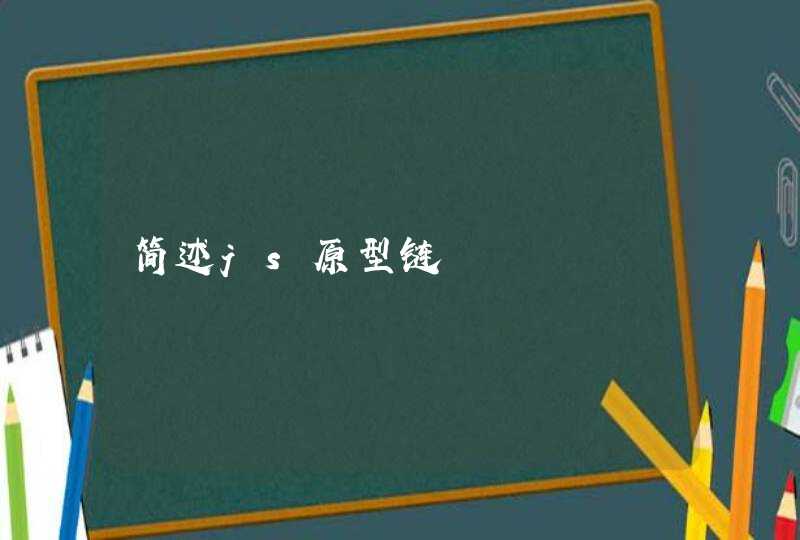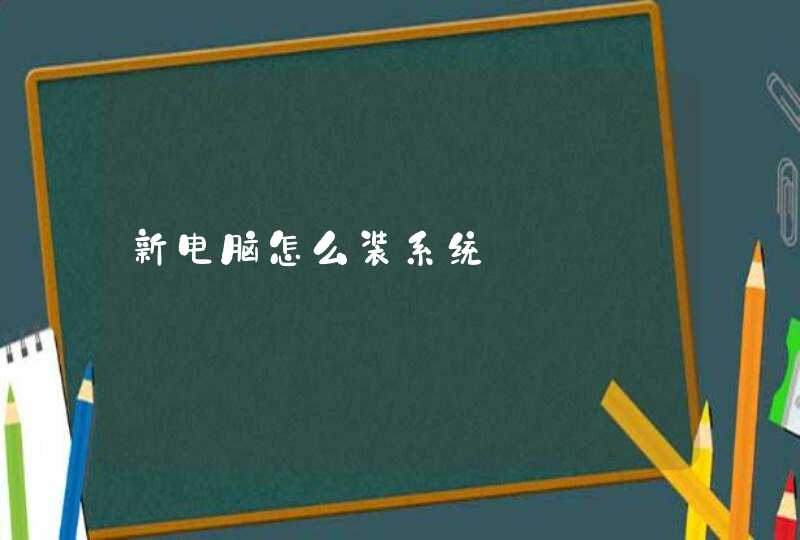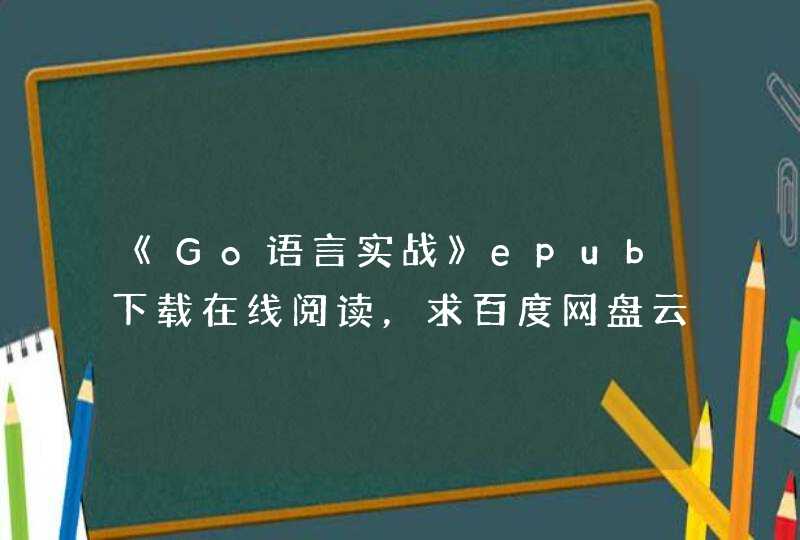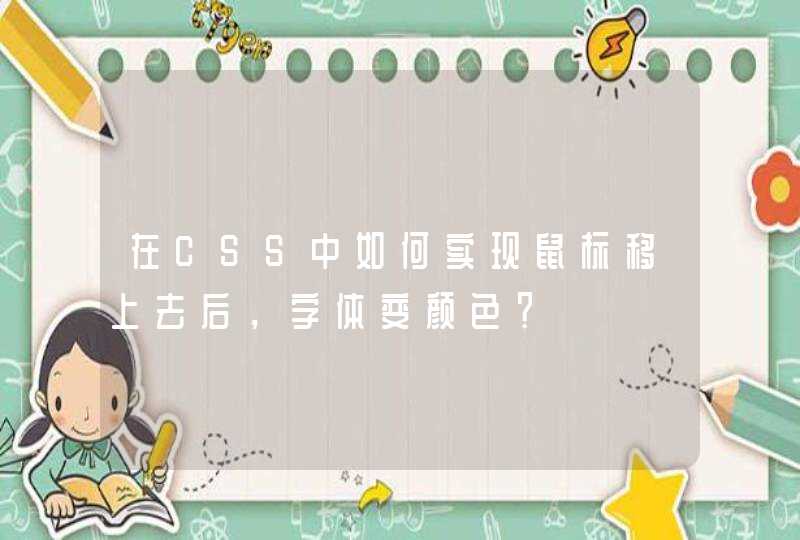
console.log(str.length)// 输出结果:11
var str = "apple"
var str1 = str.indexOf("p")
var str2 = str.indexOf("h")
var str3 = str.indexOf("pl")
var str4 = str.indexOf("pe")
console.log(str1)// 输出结果:1
console.log(str2)// 输出结果:-1
console.log(str3) // 输出结果:2
console.log(str4) // 输出结果:-1
注:多用来校测某一字符串中是否含有某一子串
var str = "helloworld"
var str1 = str.replace('world','apple')
console.log(str1)// 输出结果:helloapple
注:多与正则配合使用
eg.字符串去所有空格
var str = " hello world ! "
var str1 = str.replace(/\s/g, "")
console.log(str1)// 输出结果:helloworld!
eg.jQuery字符串去首尾两端所有空格方法
var str =" hello world "
console.log(str.trim())// 输出结果:hello world
1、substring("起始位置","结束位置[不写时,从起始位置截取到最后]");
2、substr("起始位置","截取长度 [不写时,从起始位置截取到最后]");
var str = "helloworld"
var str1 = str.substring(3,5)
var str2 = str.substring(3)
var str3 = str.substr(3,3)
var str4 = str.substr(3)
console.log(str1)// 输出结果:lo
console.log(str2)// 输出结果:loworld
console.log(str3)// 输出结果:low
console.log(str4)// 输出结果:loworld
注:substring截取,不包含结束位置
slice("起始位置","结束位置 [不写时,从起始位置截取到最后]");
var str = "helloworld"
var str1 = str.slice(1,3)
var str2 = str.slice(5)
console.log(str1)// 输出结果:el
console.log(str2)// 输出结果:world
注: 1、与substring截取类似,不包含结束位置;
2、 与substring截取不同,slice()结束位置为负时,代表反向位置(如:-1,代表字符串的倒数第一位);
var str = "helloWORLD"
var str1 = str.toLowerCase()
var str2 = str.toUpperCase()
console.log(str1)// 输出结果:helloworld
console.log(str2)// 输出结果:HELLOWORLD
var str = "hello"
var res1 = str.concat(" world ")
var res2 = str.concat(" world ","!")
console.log(res1)// 输出结果:hello world
console.log(res2)// 输出结果:hello world !
注:实际更常用简单的+(加号)
var str = "helloworld"
var str1 = str.charAt(5)
console.log(str1)// 输出结果:w
split("字符串或正则","分割长度[不写时,匹配后每个字符串都被分割]");
var str = "hello world hahaha"
var str1 = str.split(" ")
var str2 = str.split(" ",2)
var str2 = str.split(" ",3)
console.log(str1)// 输出结果:["hello", "world", "hahaha"]
console.log(str2)// 输出结果:["hello", "world"]
console.log(str3)// 输出结果:["hello", "world", "hahaha"]
var str = "hello world"
var str1 = str.match("hello")
var str2 = str.match("helo")
console.log(str1)// 输出结果:hello
console.log(str2)// 输出结果:null
注:与indexOF()、lastIndexOf()的不同之处,match()返回值为字符串,并常配合正则使用
var str = "hello world"
var str1 = str.search("hello")
var str2 = str.search("helo")
console.log(str1)// 输出结果:0
console.log(str2)// 输出结果:-1
注:与match()的不同之处,返回值为字符串中第一次出现所包含 子串或 第一个匹配正则的子串的起始位置
一、函数
function trim(str){ //删除左右两端的空格
return str.replace(/(^\s )|(\s $)/g, "")
}
function ltrim(str){ //删除左边的空格
return str.replace(/(^\s*)/g,"")
}
function rtrim(str){ //删除右边的空格
return str.replace(/(\s*$)/g,"")
}
函数调用 trim(str)
二、js对象的方法
String.prototype.trim=function(){
return this.replace(/(^\s )|(\s $)/g, "")
}
String.prototype.ltrim=function(){
return this.replace(/(^\s*)/g,"")
}
String.prototype.rtrim=function(){
return this.replace(/(\s*$)/g,"")
}
类中方法调用 str.trim()
三、将公共方法提取到一个或多个公共js文件,需要的时候直接引用;



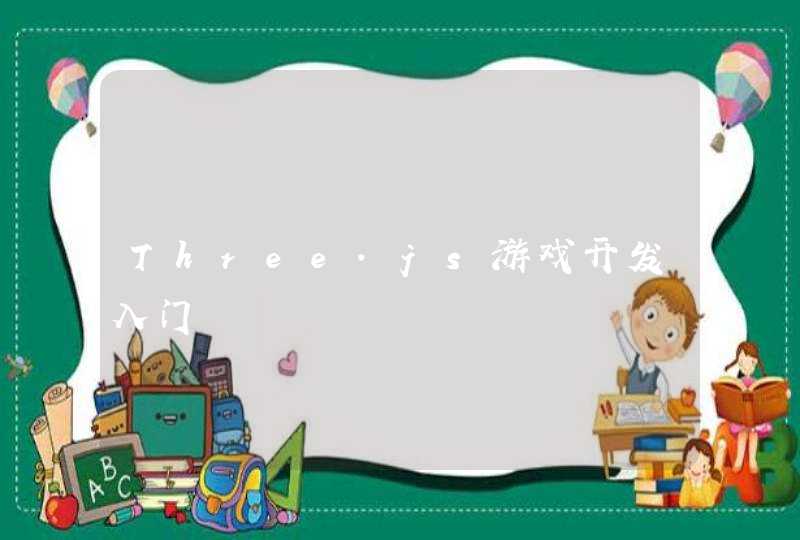















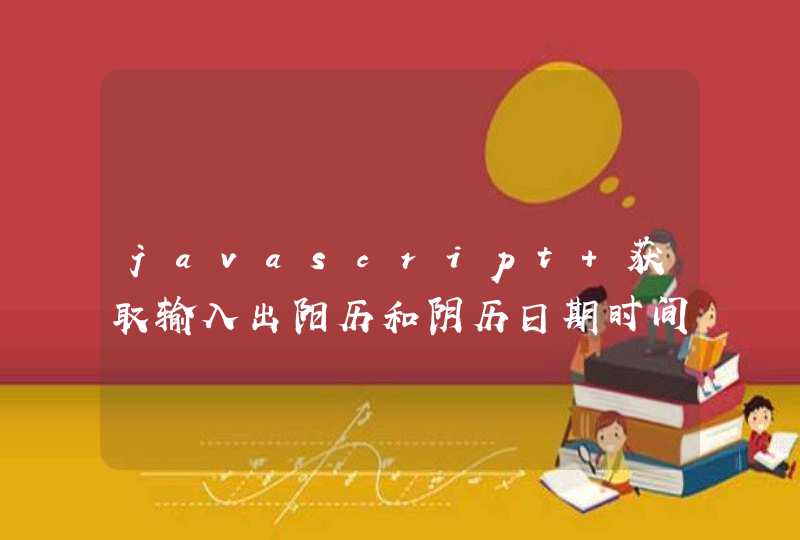




![[求助] python 如何爬取 网页上调用JS函数打开的视频链接](/aiimages/%5B%E6%B1%82%E5%8A%A9%5D+python+%E5%A6%82%E4%BD%95%E7%88%AC%E5%8F%96+%E7%BD%91%E9%A1%B5%E4%B8%8A%E8%B0%83%E7%94%A8JS%E5%87%BD%E6%95%B0%E6%89%93%E5%BC%80%E7%9A%84%E8%A7%86%E9%A2%91%E9%93%BE%E6%8E%A5.png)

![js中有["1","2","3","4"]这样一个string,怎么把它变成array](/aiimages/js%E4%B8%AD%E6%9C%89%5B%26quot%3B1%26quot%3B%2C%26quot%3B2%26quot%3B%2C%26quot%3B3%26quot%3B%2C%26quot%3B4%26quot%3B%5D%E8%BF%99%E6%A0%B7%E4%B8%80%E4%B8%AAstring%EF%BC%8C%E6%80%8E%E4%B9%88%E6%8A%8A%E5%AE%83%E5%8F%98%E6%88%90array.png)









